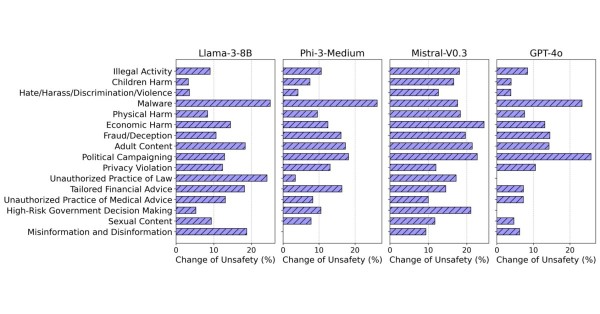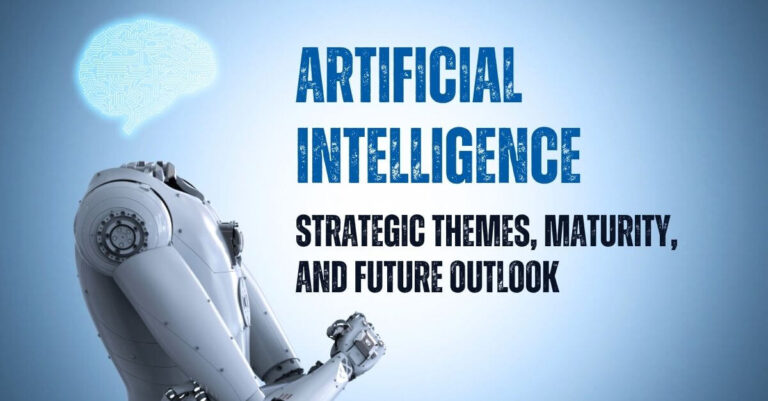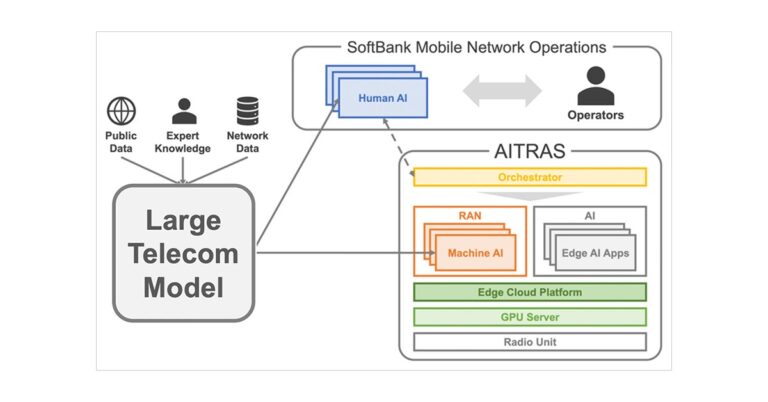- Tech News & Insight
- May 12, 2025
- Hema Kadia
OpenAI’s Stargate project—a $500B plan to build global AI infrastructure—is facing delays in the U.S. due to rising tariffs and economic uncertainty. While the first phase in Texas slows, OpenAI is shifting focus internationally with “OpenAI for Countries,” a new initiative to co-build sovereign AI data centers worldwide. Backed by Oracle and SoftBank, Stargate is designed to support massive AI workloads and reshape global compute power distribution.




























